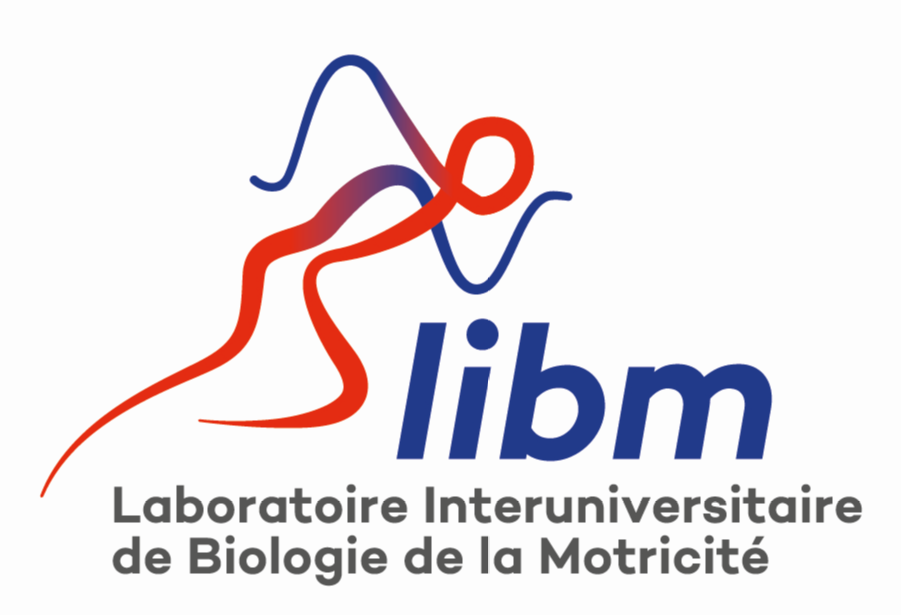Molecular determinants of skeletal muscle force loss in response to 5 days of dry immersion in human
Résumé
Background Astronauts in Earth's orbit experience microgravity, resulting in a decline of skeletal muscle mass and function. On Earth, models simulating microgravity have shown that the extent of the loss in muscle force is greater than the loss in muscle mass. The reasons behind this disproportionate loss of muscle force are still poorly understood. In the present study, we hypothesize that alongside the loss in skeletal muscle mass, modifications in the expression profile of genes encoding critical determinants of resting membrane potential, excitation‐contraction coupling and Ca 2+ handling contribute to the decline in skeletal muscle force. Methods Healthy male volunteers ( n = 18) participated in a 5‐day dry immersion (DI) study, an Earth‐based model of simulated microgravity. Muscle force measurement and MRI analysis of the cross‐sectional area of thigh muscles were performed before and after DI. Biopsies of the vastus lateralis skeletal muscle performed before and after DI were used for the determination Ca 2+ properties of isolated muscle fibres, molecular and biochemical analyses. Results The extent of the decline in force, measured as maximal voluntary contraction of knee extensors (−11.1%, P < 0.01) was higher than the decline in muscle mass (−2.5%, P < 0.01). The decline in muscle mass was molecularly supported by a significant repression of the anabolic IGF‐1/Akt/mTOR pathway (−19.9% and −40.9% in 4E‐BP1 and RPS6 phosphorylation, respectively), a transcriptional downregulation of the autophagy‐lysosome pathway and a downregulation in the mRNA levels of myofibrillar protein slow isoforms. At the single fibre level, biochemical and tension‐pCa curve analyses showed that the loss in force was independent of fibre type (−11% and −12.3% in slow and fast fibres, respectively) and Ca 2+ activation properties. Finally, we showed a significant remodelling in the expression of critical players of resting membrane potential (aquaporin 4: −24.9%, ATP1A2: +50.4%), excitation‐contraction coupling ( CHRNA1 : +75.1%, CACNA2D1 : −23.5%, JPH2 : −24.2%, TRDN : −15.6%, S100A1 : +27.2%), and Ca 2+ handling ( ATP2A2 : −32.5%, CASQ1 : −15%, ORAI1 : −36.2%, ATP2B1 : −19.1%). Conclusions These findings provide evidence that a deregulation in the expression profile of critical molecular determinants of resting membrane potential, excitation‐contraction coupling, and Ca 2+ handling could be involved in the loss of muscle force induced by DI. They also provide the paradigm for the understanding of muscle force loss during prolonged bed rest periods as those encountered in intensive care unit.
Fichier principal
 J cachexia sarcopenia muscle - 2024 - Velarde - Molecular determinants.pdf (1.91 Mo)
Télécharger le fichier
J cachexia sarcopenia muscle - 2024 - Velarde - Molecular determinants.pdf (1.91 Mo)
Télécharger le fichier
| Origine | Fichiers éditeurs autorisés sur une archive ouverte |
|---|---|
| licence |


